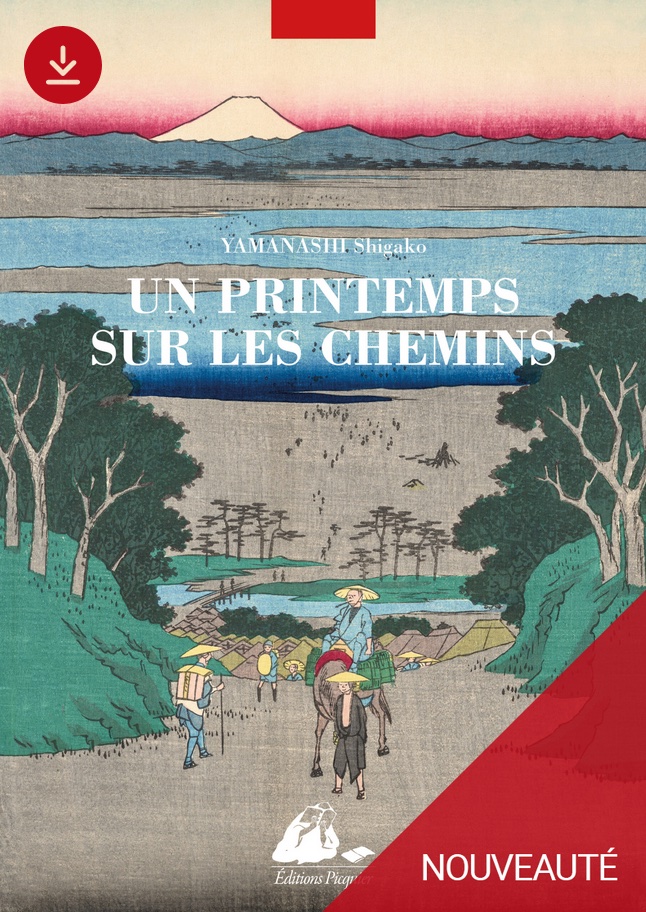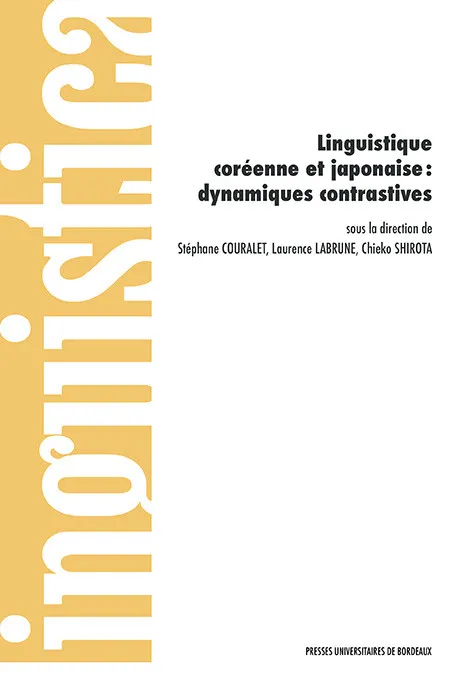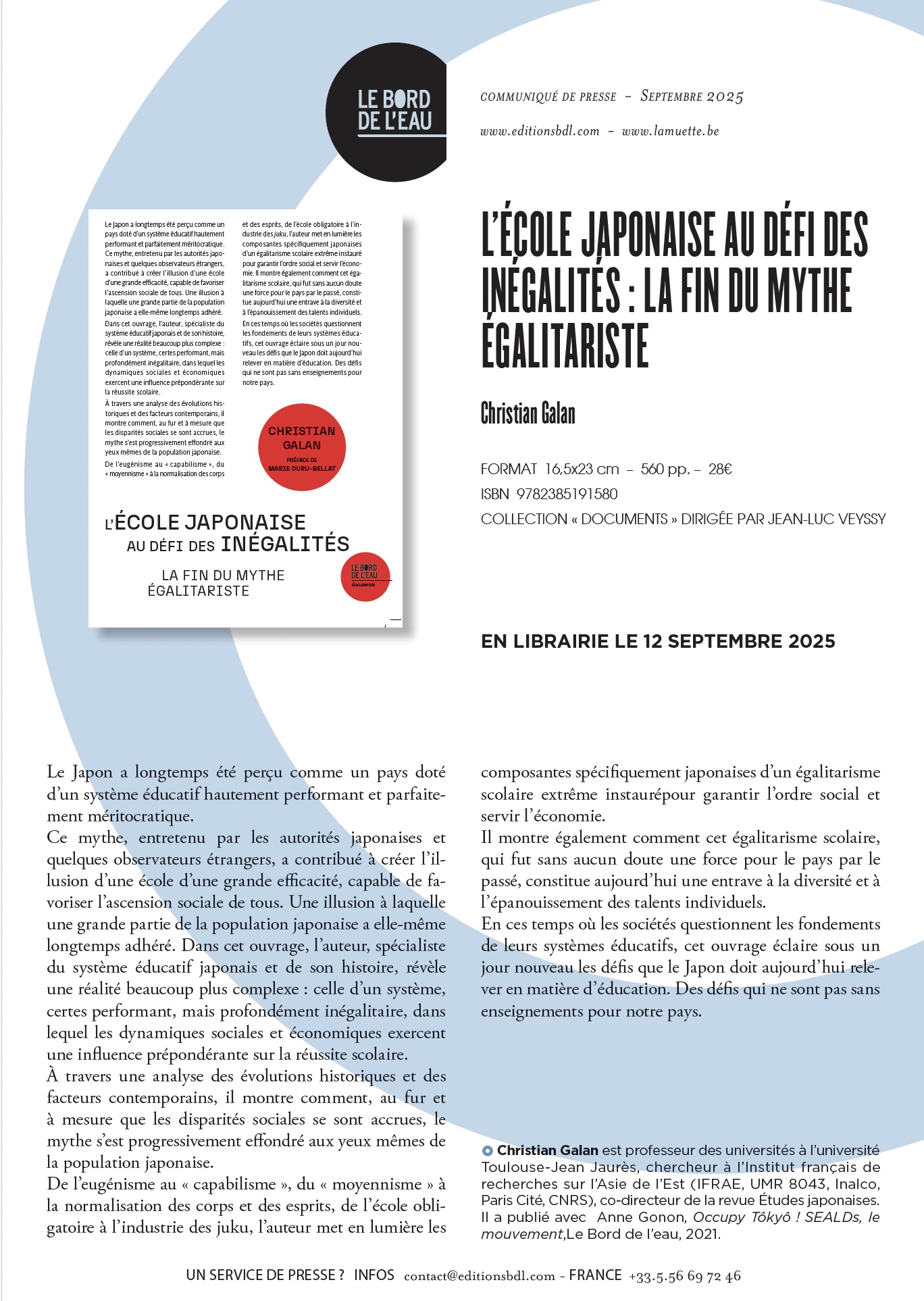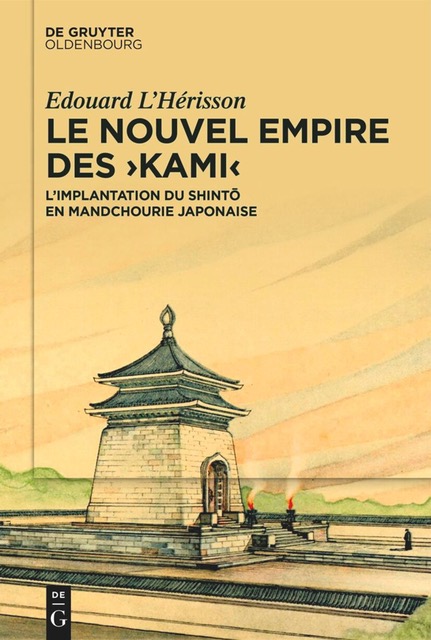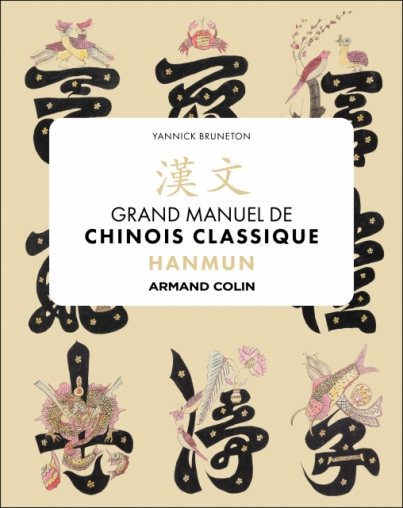Franck Feurtey a le plaisir de vous annoncer la parution aux éditions Picquier de sa traduction de Haru no michikusa, journal de voyage de Yamanashi Shigako (1738-1814) :
Au printemps 1792, à l’âge de cinquante-cinq ans, Yamanashi Shigako entreprend le voyage d’une vie et se lance dans un périple à travers le Japon qui durera quatre mois. Un voyage à pied de deux mille kilomètres depuis son village près du mont Fuji pour effectuer le pèlerinage du sanctuaire d’Ise.
Un printemps sur les chemins constitue le journal inédit de ce pèlerinage, un récit qui nous offre l’opportunité de partager le regard porté par une femme cultivée et férue de poésie sur les lieux de culte, sites historiques et paysages célèbres du Japon de la fin du 18e siècle, ceux que visitent encore les touristes à notre époque. Elle fréquente nombre de temples et de sanctuaires afin d’y prier ; elle rencontre pèlerins, moines, porteurs, marchands ; nous la voyons émue par des rencontres de hasard et la bienveillance de ceux qui lui viennent en aide, comme un aubergiste ou bien un vieux moine qui l’accueille. Dans la tradition de ses prédécesseurs elle parsème son récit de poèmes, énumère les noms des montagnes, plaines, cascades ou rivières qui lui semblent plaisants et consigne la plupart des lieux et des paysages, ceux qui ont été dessinés et gravés « sur le motif » par les plus grands artistes de son temps. C’est en compagnie de l’un d’entre eux, le célèbre Hiroshige, et d’une cinquantaine de ses estampes qui illustrent toutes les pages de ce livre précieux, que nous cheminons dans ce voyage avec Shigako.
https://www.editions-picquier.com/produit/un-printemps-sur-les-chemins-yamanashi-shigako/
